School
University of California, Berkeley
Date
Fall of 2017
Instructor
Eric Cesal
Partner
Miguel Nieto
Category
Disaster Architecture
The course focuses on design challenges rooted in real situations. Especially focusing on the connective tissue between history, people, culture, bias, environment, and climate and how that tissue is manipulated to either enhance or reduce risks.
The studio seeks the complexity and dynamicism of humanitarian design process. In disaster, there are far fewer circumstances under one's control. Understanding vulnerability in a particular condition of risk is very critical as disaster happens when things are not prepared for a potential risk.
Students were assigned to read a book from the given list and shared the knowlege as a whole group to understand each concept of resilience, disaster, humanitarian design, etc. Students were allowed to work together and had a choice to choose a site with a potiential disaster. Once the choice was made, they digged into a deep research on types of disaster, history, people etc. to understand the complexity of it. They may travel to gather information. During design phase, students were required to think of humanitarian design process in the real given situations.
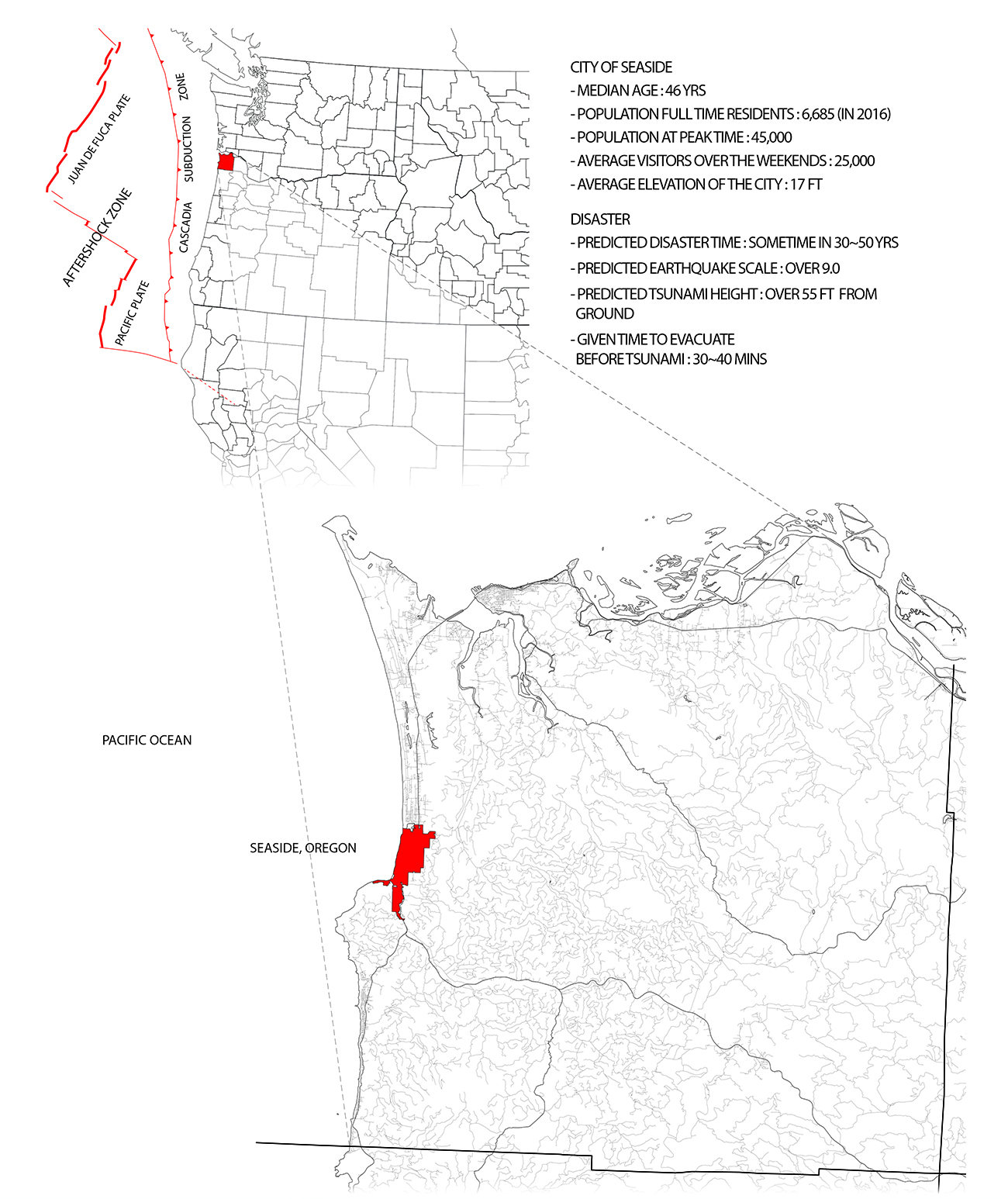
Seaside is vulnerable to a predicted earthquake and tsunami. This project is to address the social and physical issues the city is facing in order to mitigate this coming disaster.
Based on the research, when earthquake happens from the Cascadia subduction zone, or the "locked zone," bugled up North American Plate ruptures and causes a great earthquake. The sudden slip of the two plates displaces huge body of ocean water upward and eventually creates a tsunami.
The reason why Seaside, Oregon is vulnerable to this coming disaster is because geographically the city is divided by two streams and the only way to cross the river is through six bridges supported by old wood columns; the city is isolated from big cities; and all of the critical facilities such as hospital or police office are within the tsunami hazard zone.
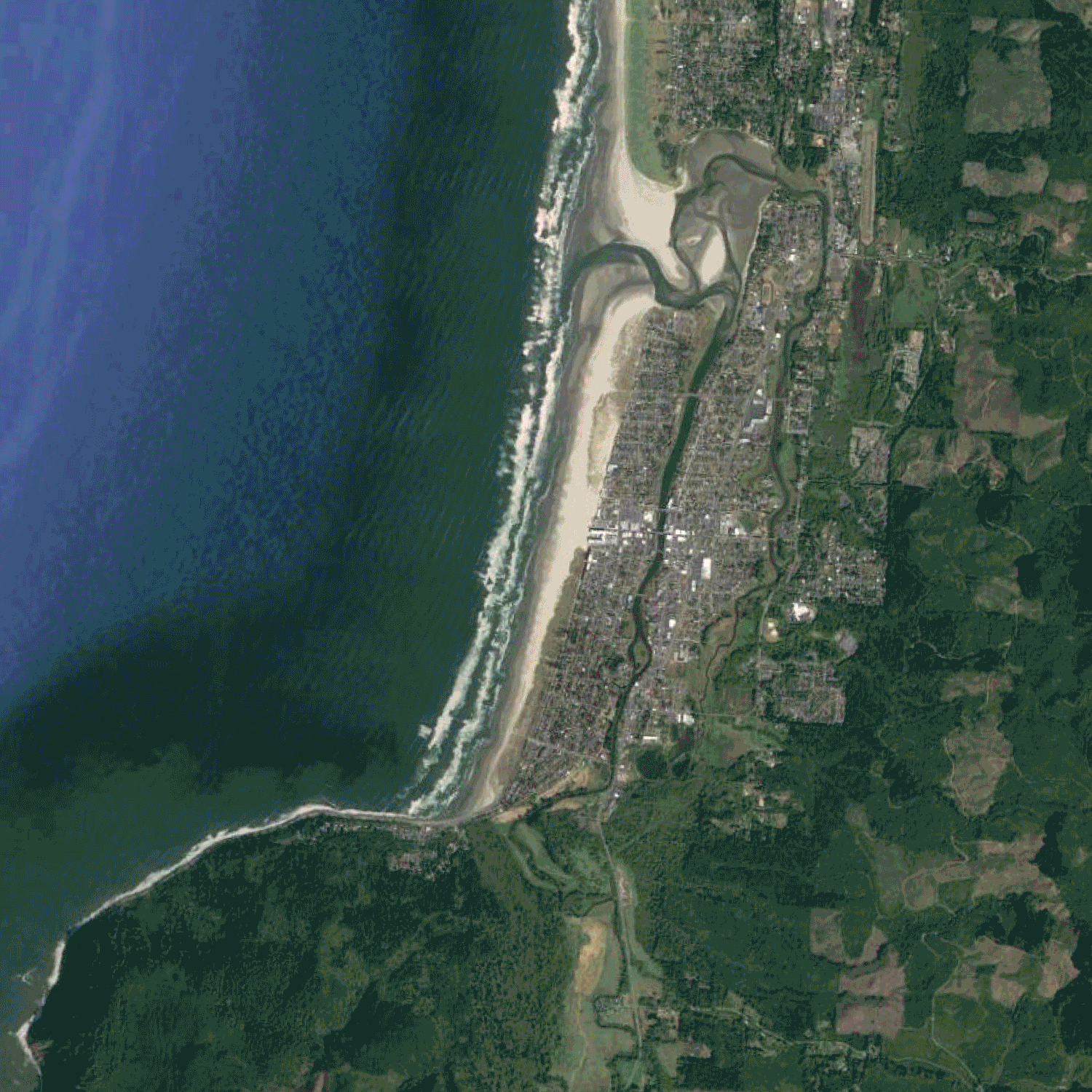

Once the earthquake happens, it takes about 30 ~ 40 minutes for tsunami to arrive. It might not be enough time for a lot of seniors in the town as bottle neck effect will happen on the limited number of bridges that are structurally unstable.
In order to deeply understand the cultural bias, people, and history, Miguel and I flew up to Seaside Oregon, and stayed couple of days on the site. We have talked to local residents everywhere we go and figured that many of them are aware of the predicted disater and considered it to be their faith.
We met Jay Barber, the mayor of the city, and talk about the potential disaster the city will face, and we could hear where the city stands.
In short, the city is aware of the issue, but didn't seem to have ability to make a quick change due to limited government funds. On the other hand, a group of people who is actively moving forward was the Seaside School District; they passed the bill to a $99.7 milion bond to relocate three schools from tsunami zone in early November in 2016. Mayor Barber said that the city gets a lot of visitors every year for a lot different attractions such as beach volleyball tournament and beach wine festival, so the city needs more parking spaces for a major economic reason.
The trip was the major start point for us to design the Seaside Plaza. Considering the humanitarian impact on the city, merely building a good looking shelter was not the focus of the project. Rather, the main point was an architectural response to the predicted disaster, minimizing the potential damages to the city, forming a resilient community before and after the event, and emphasizing the awareness of the coming disaster.
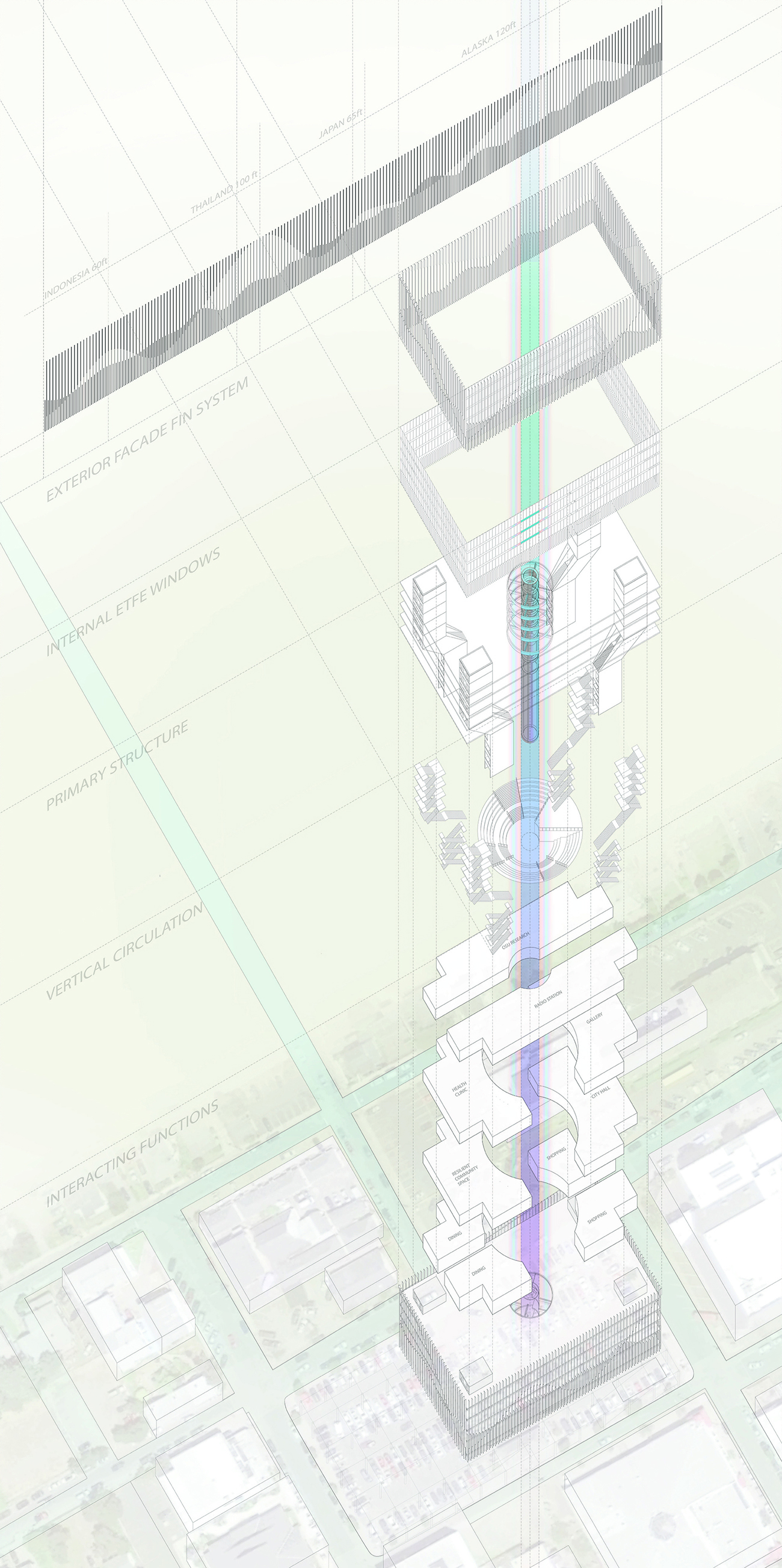
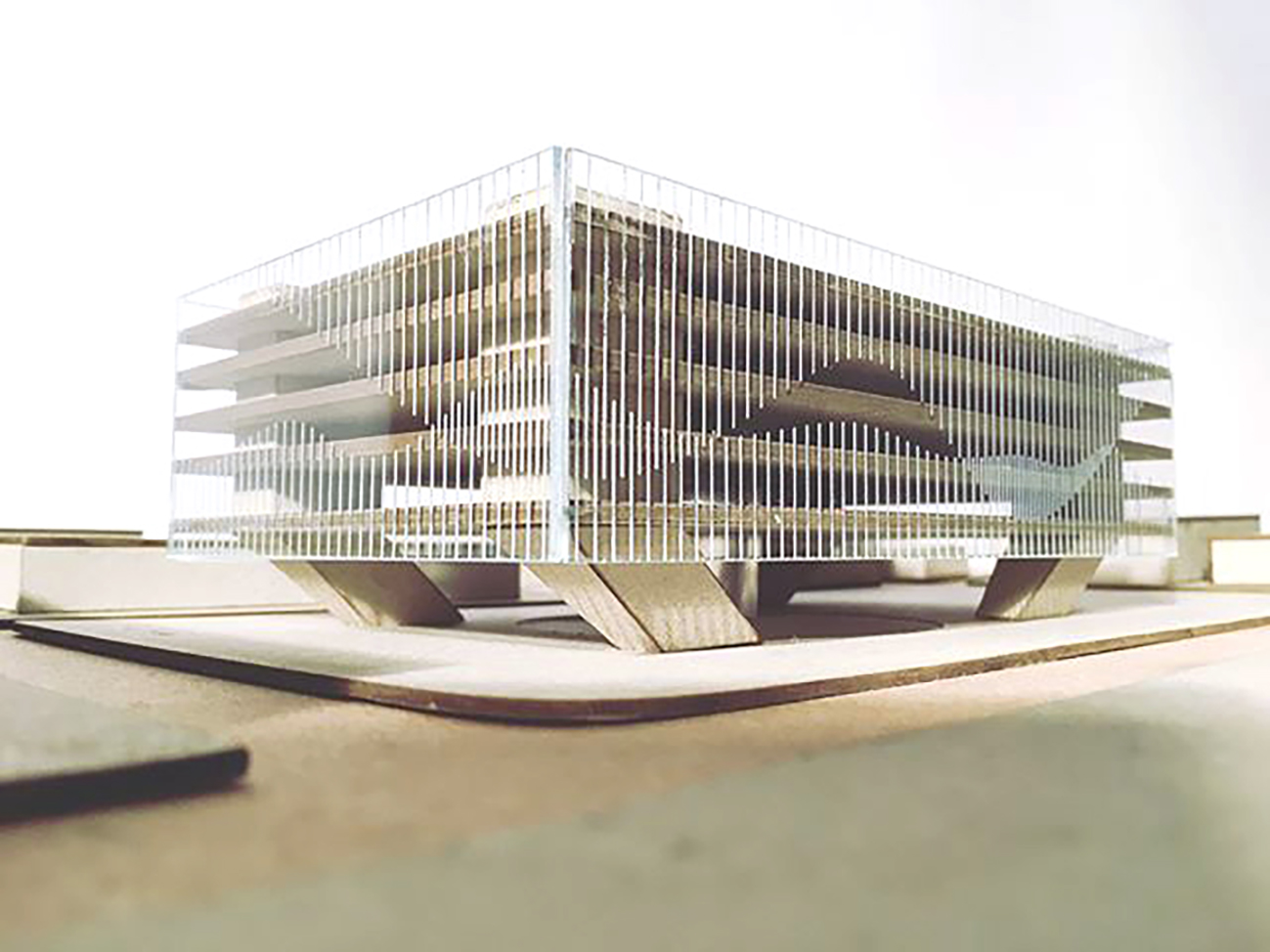

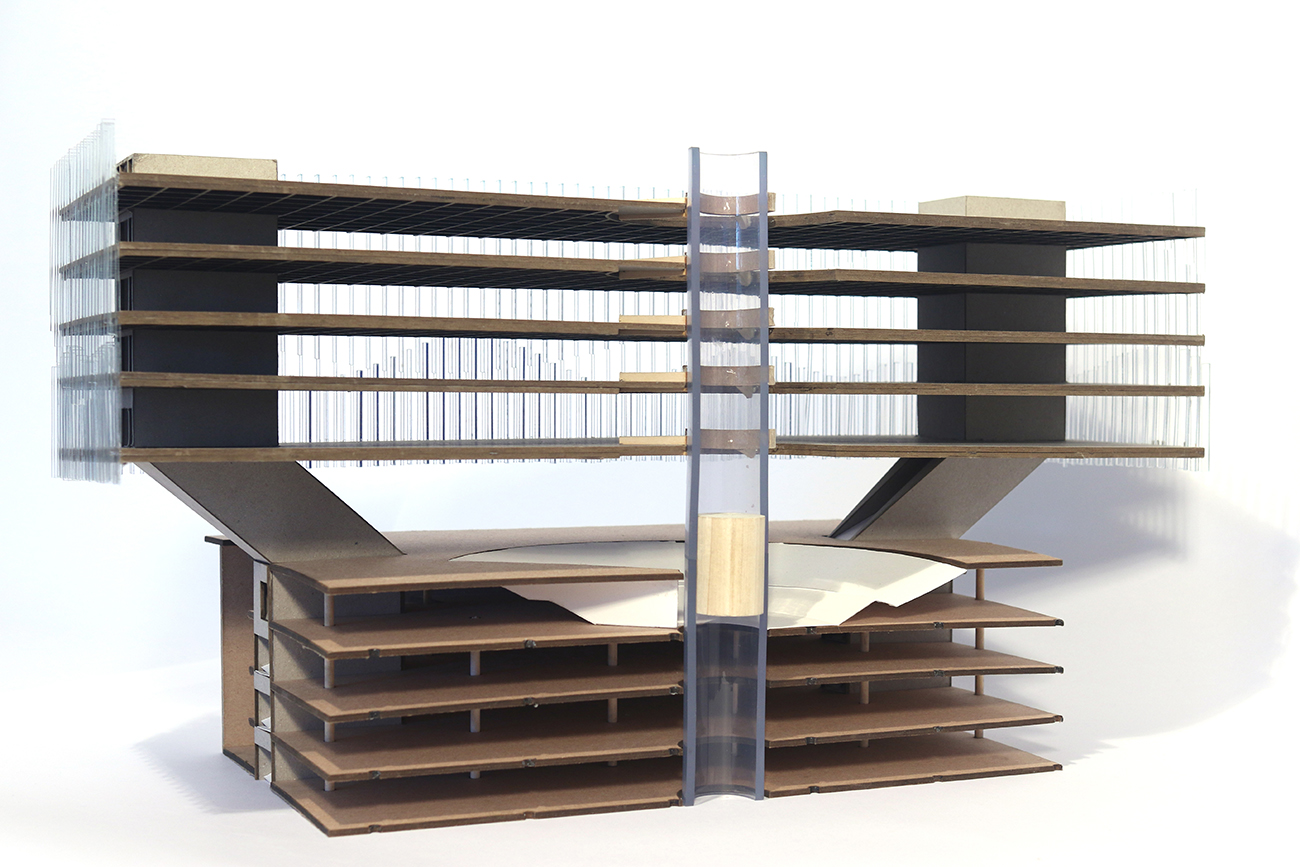

Every content on this page is copyrighted © 2017.
Legal terms click here for more details.